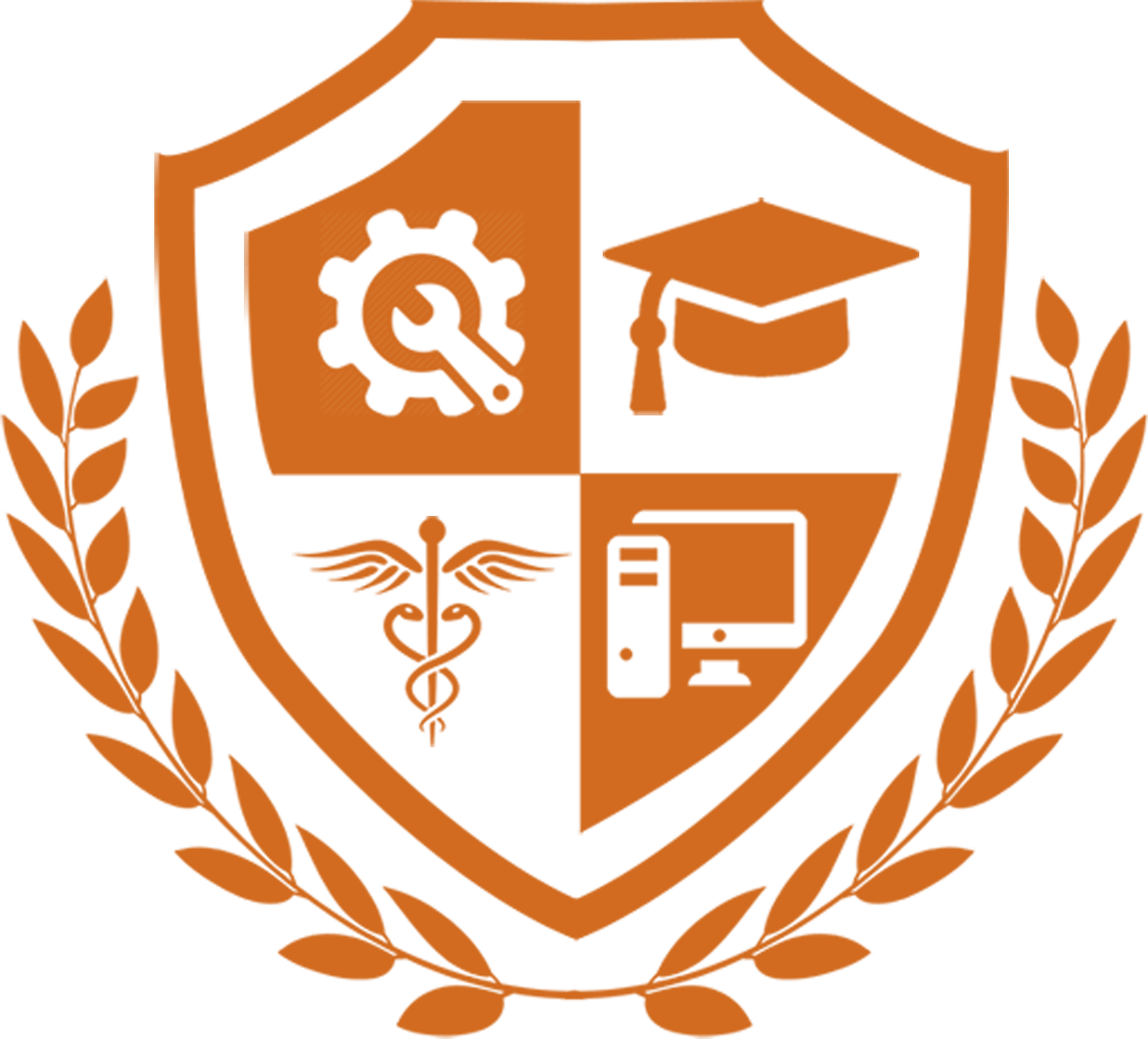In a world increasingly reliant on technology and renewable energy, skilled electrical technicians are essential for powering homes, businesses, and innovations. With the growing demand for professionals who can work confidently with electrical systems, the pathway to becoming a proficient technician has never been more crucial. At the heart of effective training lies hands-on learning—a method that bridges theoretical concepts with practical application.
Hands-on experience in technical schools equips aspiring technicians with the skills and confidence to tackle real-world challenges. It ensures they are not only familiar with the tools of the trade but also prepared to troubleshoot, adapt, and succeed in a fast-paced industry. In this blog, we unveil why hands-on learning is key to mastering electrical skills. We’ll also delve into what students can expect from a hands-on program and highlight how this approach builds career-ready professionals.
Hands-on experience in technical schools equips aspiring technicians with the skills and confidence to tackle real-world challenges. It ensures they are not only familiar with the tools of the trade but also prepared to troubleshoot, adapt, and succeed in a fast-paced industry. In this blog, we unveil why hands-on learning is key to mastering electrical skills. We’ll also delve into what students can expect from a hands-on program and highlight how this approach builds career-ready professionals.
Why Hands-On Learning Matters in Electrical Training
Let's explore why hands-on learning is essential for mastering electrical skills and preparing for the demands of the job.
Bridging Theory and Practice
Electrical systems are intricate, requiring a solid understanding of theory, such as the principles of electricity, circuit design, and safety regulations. However, theoretical knowledge alone isn’t enough. Without hands-on application, concepts remain abstract and difficult to translate into actionable skills. Hands-on learning allows students to apply what they’ve studied in real-world scenarios, helping them internalize concepts like wiring, troubleshooting, and system diagnostics.
Skill Development
The best way to master a craft is by doing. Through hands-on learning, students engage in tasks that mimic those performed on the job—like installing circuit breakers, testing electrical panels, or diagnosing faults in complex systems. This direct experience helps them refine their technical skills while also building muscle memory, which is critical for performing precise tasks efficiently and safely in the field.
Real-World Preparation
The electrical industry demands more than just technical knowledge; it requires adaptability, critical thinking, and problem-solving under pressure. Hands-on training immerses students in scenarios that mirror the challenges they’ll face as professionals. By working in environments that replicate real-world conditions, they develop a readiness that can’t be gained through textbooks alone. This approach ensures they enter the workforce confident and capable, ready to meet employers' expectations from day one.
The Hands-On Experience at a Technical School
Let's take a closer look at the types of hands-on experiences you can expect in a comprehensive electrical training program and how they prepare you for the challenges of the field.
Simulating Real-World Environments
Technical schools offering hands-on training provide students with access to environments that closely mimic the challenges of real-world electrical work. Lab spaces are often designed to replicate residential, commercial, and industrial electrical systems, giving students a realistic context in which to practice. This setup allows them to gain experience with everything from installing home wiring to troubleshooting large-scale electrical systems, ensuring their skills are versatile and adaptable.
Learning by Doing
Hands-on programs immerse students in practical tasks from day one. Rather than simply observing or reading about concepts, students actively engage in activities like wiring outlets, installing circuit panels, or diagnosing faults in electrical systems. This “learning by doing” approach helps solidify their understanding of key skills and processes while building the confidence to apply them independently.
Use of Industry-Standard Tools
A significant aspect of hands-on learning is familiarity with the tools and equipment used in the field. Students gain experience working with industry-standard tools like multimeters, wire strippers, conduit benders, and testing devices. By becoming comfortable with these tools in a controlled setting, they’re better prepared to use them efficiently and safely on the job.
Collaboration and Teamwork
Electrical work often involves collaboration, whether it’s working with a team of electricians on a construction site or coordinating with other tradespeople. Hands-on training fosters these skills by encouraging students to work together on complex projects. This not only mirrors real-world dynamics but also helps them build communication and teamwork skills that are highly valued by employers.
Training at Austin Career Institute
Now, let's take a closer look at how ACI's hands-on training approach helps students build the expertise necessary for certification and success in their careers.
Program Highlights
Austin Career Institute (ACI) offers an advanced electrical and renewable energy technician training program specifically designed to prioritize hands-on learning. Electrical students engage in practical projects that mimic the challenges they’ll face in the field. From wiring systems to troubleshooting renewable energy setups, ACI ensures that students gain the practical experience needed to succeed in a dynamic and evolving industry.
Path to Certification
ACI’s program doesn’t just provide hands-on experience—it also sets students up for success by guiding them through the process of certification. Graduates are qualified to apply for an Apprentice Electrician License through the Texas Department of Licensing and Regulation (TDLR). Additionally, students gain the knowledge and skills necessary to pursue other industry-recognized certifications, enhancing their professional credentials.
Financial Aid Options
Recognizing that financial barriers can limit access to quality training, ACI offers a range of financial aid options. These resources make it easier for students to invest in their education and future careers, ensuring that hands-on learning remains accessible to aspiring electrical technicians from diverse backgrounds. Federal Financial Aid is also available for those who qualify.
Benefits of Hands-On Training for Career Growth
Now, let's examine how hands-on learning can enhance career growth and set graduates up for long-term success in the electrical industry.
Building Confidence
Confidence is a key trait of successful electrical technicians. Hands-on training allows students to practice tasks repeatedly in a safe, supervised environment until they are second nature. This not only helps eliminate uncertainty but also equips students with the poise to tackle new challenges in their careers. Knowing they’ve successfully performed similar tasks during their training, graduates enter the workforce prepared and self-assured.
Enhancing Problem-Solving Skills
Electrical systems can be unpredictable, with issues ranging from faulty wiring to complex system malfunctions. Through hands-on training, students develop critical thinking and problem-solving skills by troubleshooting real-life scenarios. They learn how to assess situations, identify issues, and apply appropriate solutions—skills that are invaluable on the job.
Gaining a Competitive Edge
Employers in the electrical industry often prioritize candidates with practical experience. Hands-on training gives graduates a distinct advantage by providing them with the real-world expertise that many employers seek. This experience not only sets them apart during the hiring process but also ensures they can hit the ground running, reducing the need for extensive on-the-job training.
Preparing for a Changing Industry
Hands-on learning helps students adapt to a changing industry and equips them for future success. Here's how.
Emphasis on Renewable Energy
The electrical industry is evolving rapidly, with renewable energy systems like solar panels and wind turbines becoming more prominent. Hands-on training programs that incorporate renewable energy technologies, like those at ACI, help students stay ahead of the curve. By learning to install, maintain, and troubleshoot renewable energy systems, graduates are well-equipped for a future where sustainability is increasingly prioritized.
Adapting to New Technologies
As technology advances, electrical technicians must adapt to new tools, materials, and methods. Hands-on learning ensures students are familiar with cutting-edge technologies and practices, from advanced diagnostic equipment to smart home integration systems. This adaptability makes them valuable assets in an industry where innovation is constant.
ACI: A Cornerstone for Success
Hands-on learning is the cornerstone of successful electrical technician training. By providing students with real-world experience, technical schools help them develop the skills, confidence, and adaptability needed to thrive in the industry. Programs like the one offered at Austin Career Institute not only prepare students for certification but also equip them with the expertise to excel in traditional and renewable energy roles.
For aspiring electrical technicians, choosing a program that emphasizes hands-on training is the key to unlocking a fulfilling and future-proof career. Whether wiring a home, troubleshooting an industrial system, or installing renewable energy solutions, the knowledge gained through practical experience is what sets skilled professionals apart. Ready to embark on a career powered by expertise? Hands-on learning is where it all begins.
For aspiring electrical technicians, choosing a program that emphasizes hands-on training is the key to unlocking a fulfilling and future-proof career. Whether wiring a home, troubleshooting an industrial system, or installing renewable energy solutions, the knowledge gained through practical experience is what sets skilled professionals apart. Ready to embark on a career powered by expertise? Hands-on learning is where it all begins.


